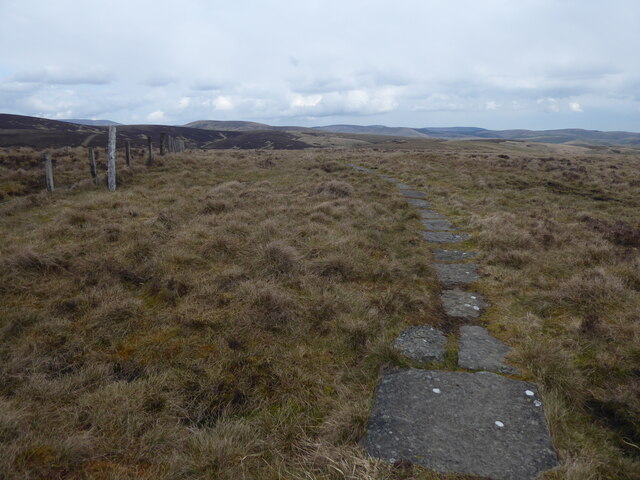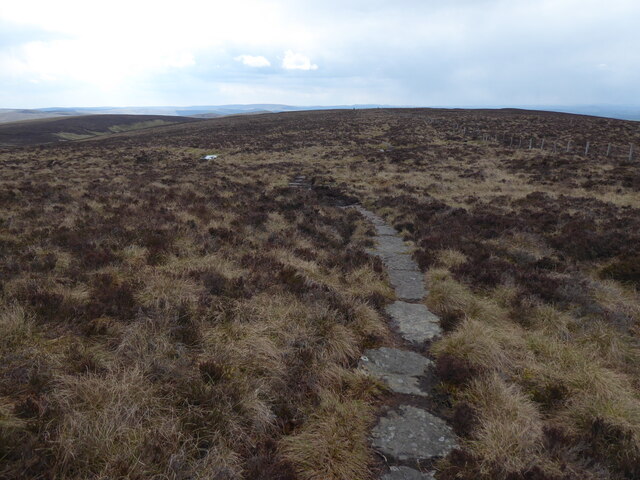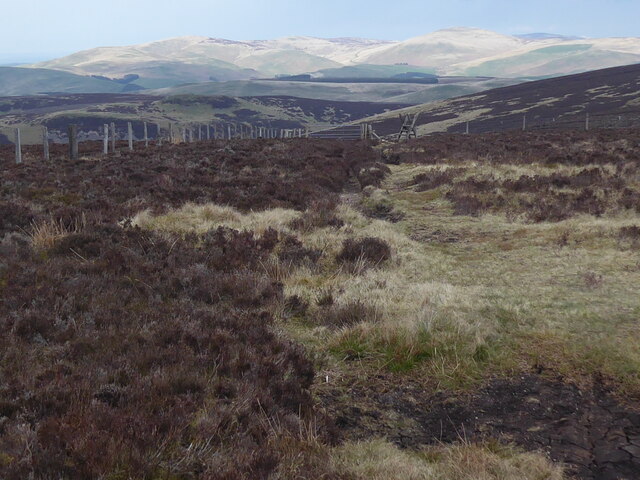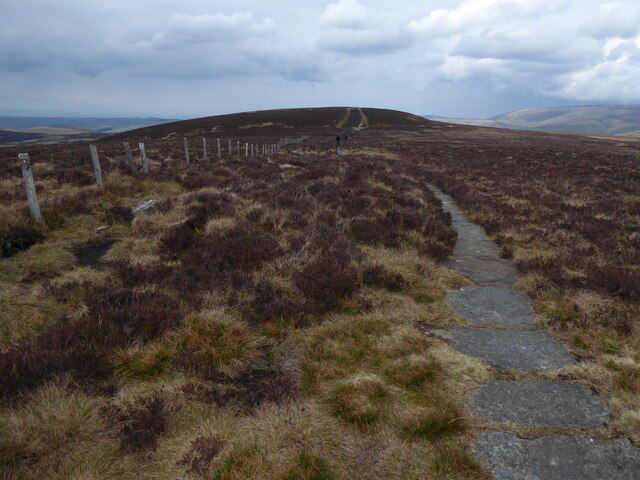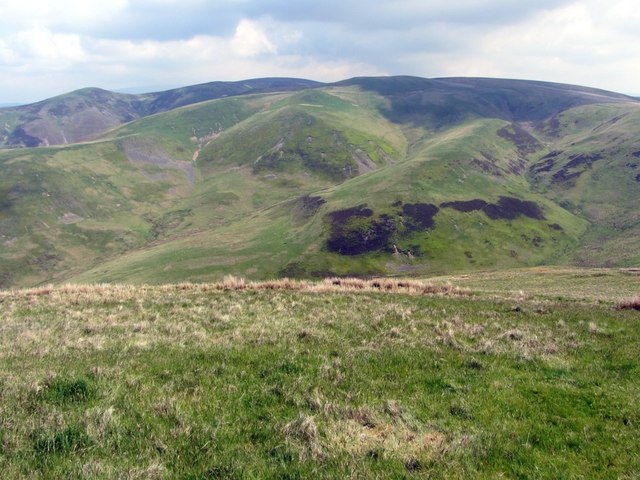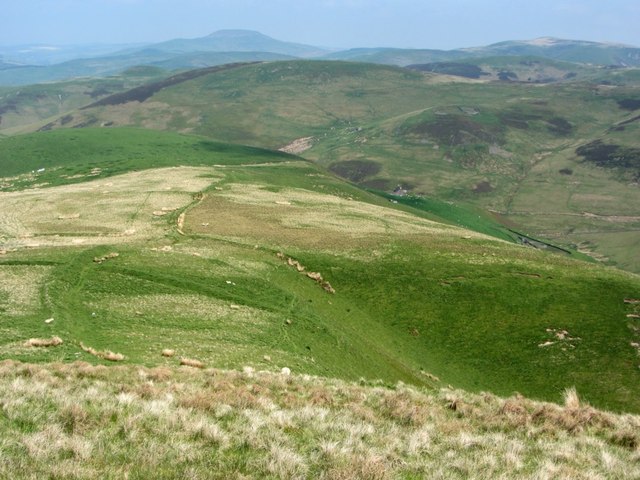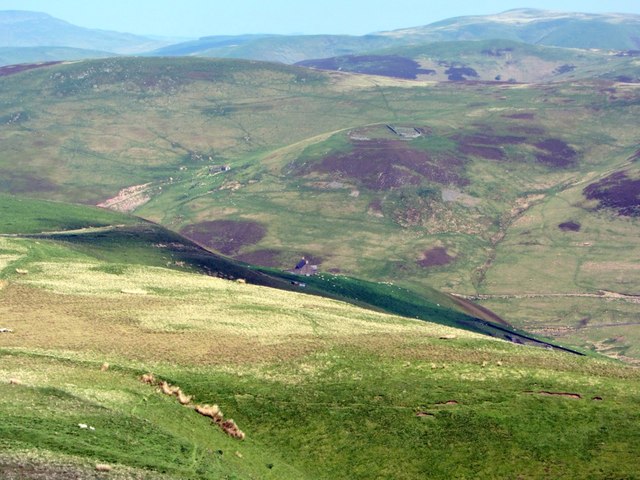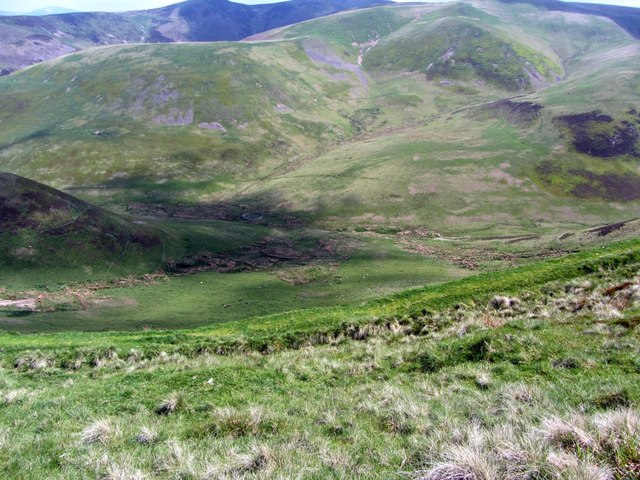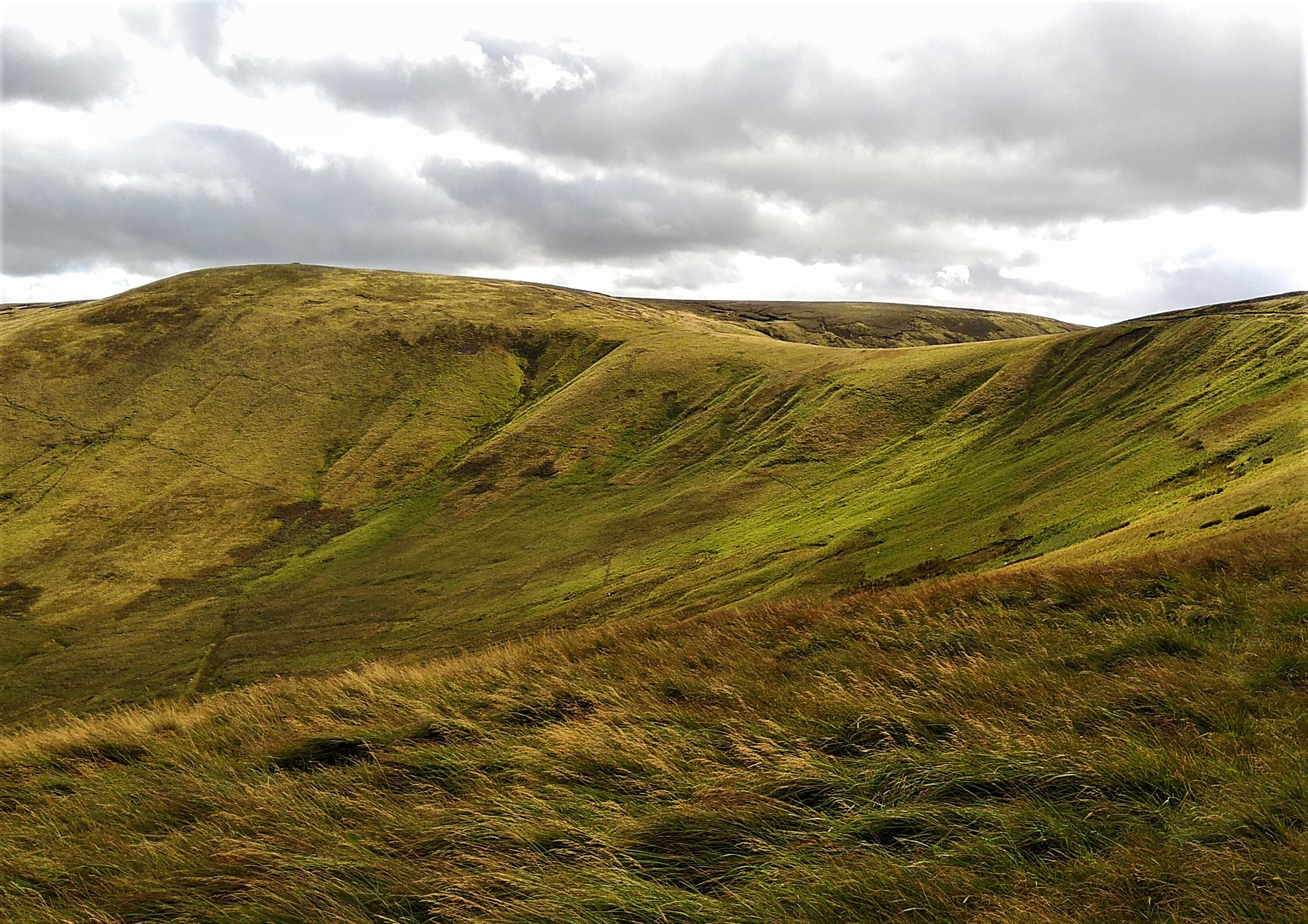Callaw Cairn
Hill, Mountain in Roxburghshire
Scotland
Callaw Cairn
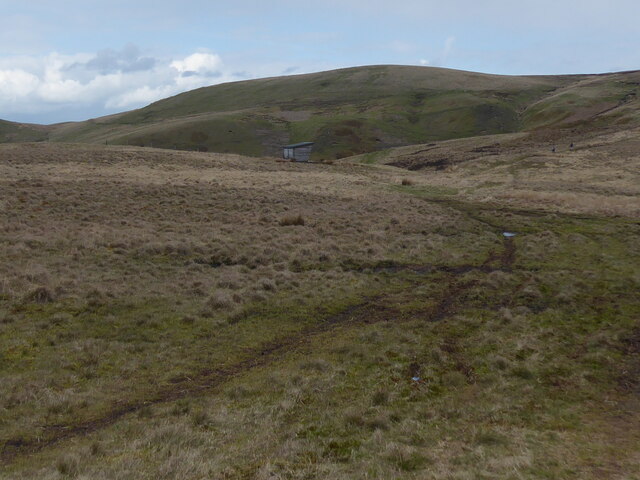
Callaw Cairn is a prominent hill located in Roxburghshire, a historic county in the southern region of Scotland. Rising to an elevation of approximately 537 meters (1,762 feet), it stands as a significant landmark in the area. The hill is situated within the rolling countryside, surrounded by picturesque landscapes and lush greenery.
Callaw Cairn boasts a distinct conical shape, with its slopes covered in heather and grasses that change color with the seasons. The hill is composed of sedimentary rocks, primarily sandstone and shale, giving it a rugged and weathered appearance. Its summit offers breathtaking panoramic views of the surrounding valleys, hills, and the distant Cheviot Hills.
The hill has a rich history, with evidence of human activity dating back thousands of years. Archaeological remains, including cairns and prehistoric settlements, have been discovered on its slopes. These remnants provide insights into the early human habitation and burial practices of the region.
Callaw Cairn is a popular destination for outdoor enthusiasts, hikers, and nature lovers. Several well-marked trails lead to the summit, offering various levels of difficulty for all skill levels. Along the way, visitors can enjoy the diverse flora and fauna, including wildflowers, birds, and occasional wildlife sightings.
Overall, Callaw Cairn stands as a notable natural landmark in Roxburghshire, offering a tranquil and serene escape into the beauty of the Scottish countryside.
If you have any feedback on the listing, please let us know in the comments section below.
Callaw Cairn Images
Images are sourced within 2km of 55.42358/-2.3029046 or Grid Reference NT8014. Thanks to Geograph Open Source API. All images are credited.


Callaw Cairn is located at Grid Ref: NT8014 (Lat: 55.42358, Lng: -2.3029046)
Unitary Authority: The Scottish Borders
Police Authority: The Lothians and Scottish Borders
What 3 Words
///promoting.thread.stroke. Near Rochester, Northumberland
Nearby Locations
Related Wikis
Windy Gyle
Windy Gyle is a mountain in the Cheviot Hills range, on the border between England and Scotland. Like the other hills in the area, it is rounded and grass...
Pennymuir Roman camps
The Pennymuir Roman camps are situated southeast of Jedburgh in the Scottish Borders area of Scotland, near the Anglo-Scottish border, in the former Roxburghshire...
Hownam
Hownam or Hounam is a small village and parish situated 8 miles east of Jedburgh in the Scottish Borders area of Scotland, near the Anglo-Scottish border...
Chew Green
Chew Green is the site of the ancient Roman encampment, commonly but erroneously called Ad Fines (Latin: The Limits) on the 1885-1900 edition of the Ordnance...
Nearby Amenities
Located within 500m of 55.42358,-2.3029046Have you been to Callaw Cairn?
Leave your review of Callaw Cairn below (or comments, questions and feedback).
